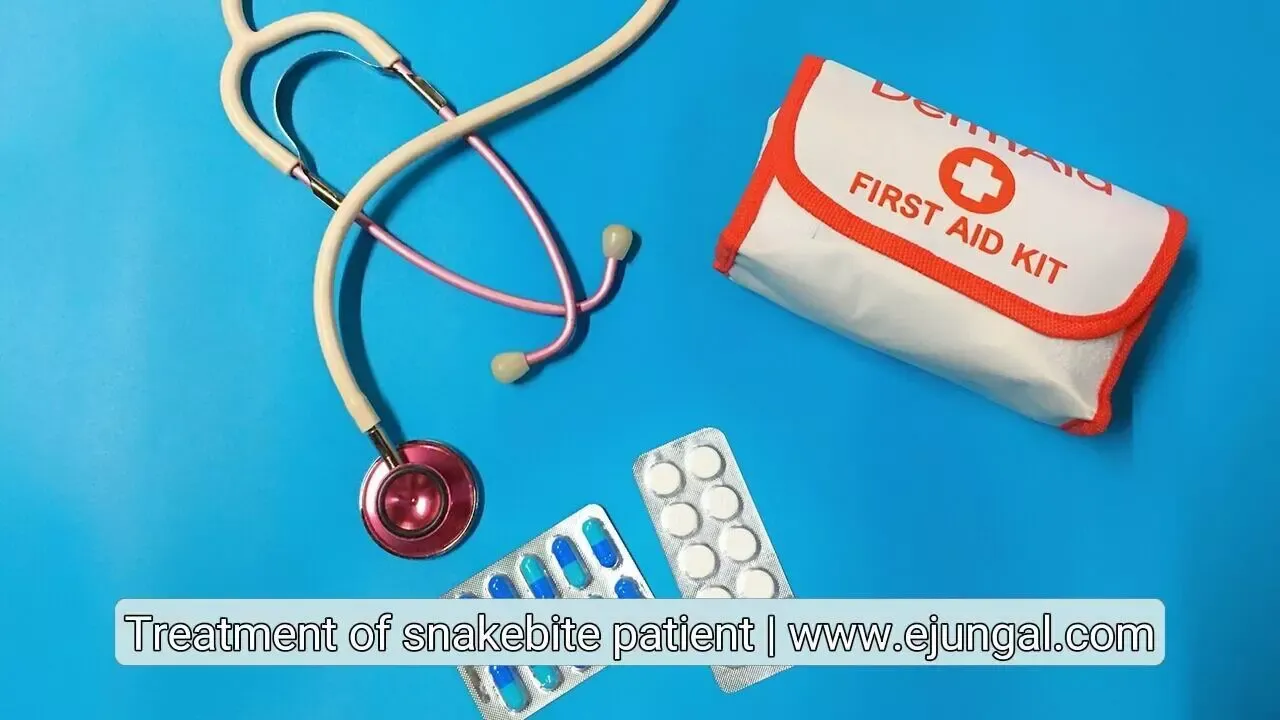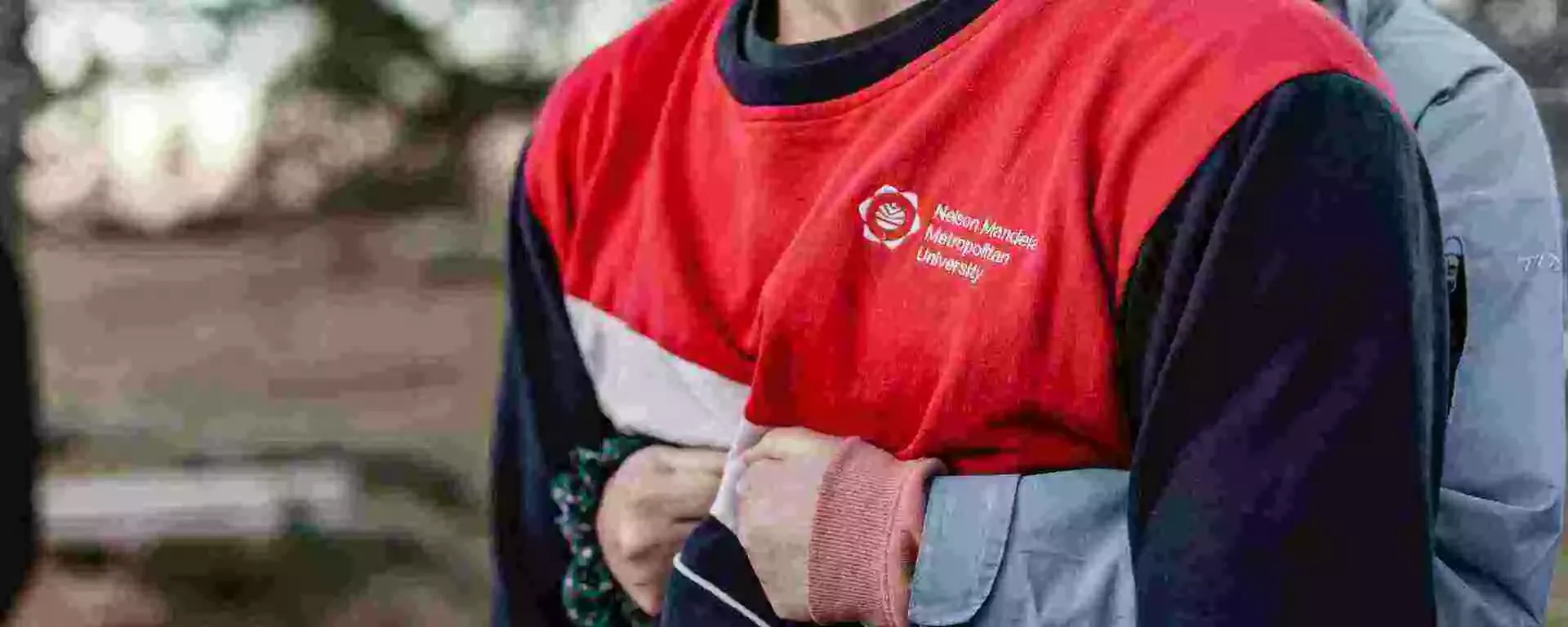First aid and do's and don'ts of snakebite patients
Here's what ---
- Snake bite treatment
- First aid for snake bite patients
- What to do in case of snake bite
- What not to do in case of snake bite
 |
| Treatment of snakebite patient |
Reasons for snake bites:
Snakes are innocent animals. It forces people to bite. Many times it bites in fear. The reason why snakes bite people is-
- 1. Many walk at night in search of work. On the other hand, Snakes go out at night to catch prey. When a foot hurts, it bites.
- 2. Snakes want to stay away from people. That means snakes are always afraid of people. When people go to the place where snakes move, it can bite in fear. The snake bites to save itself.
- 3. Snakes love to eat rats. Snakes come to the house to hunt rats. When it sees people, they get scared and bite.
- 4. There is water all around during the rainy season. However, snakes prefer to stay in dry places. As a result, snakes are forced to take shelter in people's homes. Then the snake bites people in fear or pain.
- 5. In winter, snakes may hide under blankets, under pillows, among clothes to get comfort. Snakes can bite when they see people suddenly.
Snakes do not bite people intentionally. It bites out of compulsion and bites out of fear.
 |
| Do not allow the snake-bitten patient to move |
Signs and symptoms of venomous snake bites:
Not all snakes are venomous. Most of the snakes around us are non-venomous. Almost all species of sea snakes are venomous. The symptoms of a venomous snake bite are as follows-
- 1. A venomous snake has two venomous teeth. Toxic teeth are quite large and curved. When a venomous snake bites, the venomous tooth penetrates deep into the flesh. The result is a deep wound and two wounds. There is some distance between the two wounds. This sign indicates that the venomous snake has bitten.
- 2. There are some snakes whose venom contains neurotoxins. As a result, when the poison enters the body, dizziness, blurred vision, swollen eyelids, nausea or vomiting, difficulty in breathing begin. When all of these symptoms occur, it can be assumed that the venomous snake has bitten.
- 3. There are some snakes whose bites destroy the ability to prevent blood clots. This can cause vomiting of blood. Blood may come out through nose, ears, throat. In Asia, such symptoms occur when a Chandrabora snake bites.
- 4. If a snake is seen after being bitten by a snake and that snake is known to be poisonous, then it can be assumed that the venomous snake has bitten.
- 5. A non-venomous snake bite has many bite marks. So by looking at the signs and symptoms of the bite, it can be understood whether the poisonous snake has bitten or not.
- 6. Whatever the venom or venomous snake bite, go to the hospital. Many times venomous snakes can be without any signs or symptoms.
- 7. If a poisonous tooth is broken at the place of bite, it should be picked up with a thorn and burnt.
 | |||
| The patient should be restrained with a soft cloth |
First aid for snakebite patients:
The snakebite patient should be given first aid, e.g.
- 1. The patient should be advised to refrain from movement after being bitten by a snake.
- 2. The patient should be prohibited from walking.
- 3. If the patient knows the snake, then the name of the snake should be heard.
- 4. The place where the snake bites should be tied with a soft thread or cloth a little above the place. The fit should be blocked with a bandage so that two fingers can enter. If it is too tight, the blood circulation will stop, the body will become numb and rot, there will be a risk of paralysis.
- 5. After tying with cloth, the wound should be washed with soap and wiped with a clean cloth.
- 6. The patient should be rushed to the doctor or hospital.
- 7. The patient must be given courage. Many times the patient dies of a stroke due to fear.
- 8. After reaching the doctor, the first thing to do is to tell the doctor if you know the name of the snake.
- 9. The doctor should always cooperate and give courage to the patient.
Treatment of snake bite patients:
If the snake bites, the patient has to give antivenom. Local snake antivenom is available at the local hospital. By looking at the snake bites and bite marks, the doctor can tell if the snake has bitten. Even if you don't understand at first, there is no problem. If a snake bite can be taken to the hospital quickly, it is possible to cure almost all the patients. In addition to giving antivenom, the doctor may prescribe other treatments depending on the patient's symptoms. Many times oxygen may be needed. Therefore, if treatment is started quickly without delay, the patient can recover quickly.
 |
| Take the snakebite patient to the hospital immediately |
What to do if bitten by a snake:
Many times when a snake bites we do wrong. Which is not right at all. What to do if you are bitten by a snake -
- 1. It is not right to move or walk too much after being bitten by a snake.
- 2. It is not right to cry or shout in front of the patient.
- 3. The patient should not be given a tight bandage in such a way that the blood flow is stopped.
- 4. Carbolic acid should not be applied to the wound.
- 5. Wounds cannot be cut with a knife or blade.
- 6. Turmeric, salt and herbs should not be applied on the wound.
- 7. Wounds cannot be sucked by mouth.
- 8. Fakir or Ojha or Gunin cannot be treated instead of a doctor. Ojha or Gunin cannot be cured, if bitten by a poisonous snake, only a doctor can cure.
- 9. A snakebite patient cannot be taken to hospital or doctor on foot.
- 10. The patient bitten by the snake cannot be left alone.
- 11. Even if there are no symptoms of venomous snake bite, it cannot be kept at home without taking it to the doctor.
- 12. The patient cannot be healed by mantra, because the patient who is bitten by snake by mantra is not healed.
How to protect yourself from snake bites:
When you go out at night, you should carry a torch or light. At night snakes go out to look for food, on the other hand snakes are afraid of people. So you should walk loudly at night, the snake will notice and hide. Dirt and bushes need to be cleaned regularly. Before going to bed at night, you should check under the blanket, under the pillow and then go to sleep. You have to make noise before bringing clothes from the rack. The snake will move at the sound. It is better not to go to places where snakes move. Homes need to be cleaned regularly. If there are rats in the house, arrangements should be made to chase away the rats. You have to build a house a little away from the pond or river. If snake infestation is noticed, arrangements should be made to catch snakes with experts.
Snakes should not be killed. Snakes are innocent animals, they are forced to bite people. Snakes are our natural resource. Snakes protect crops by eating insects. So snakes should never be killed.





EmoticonEmoticon